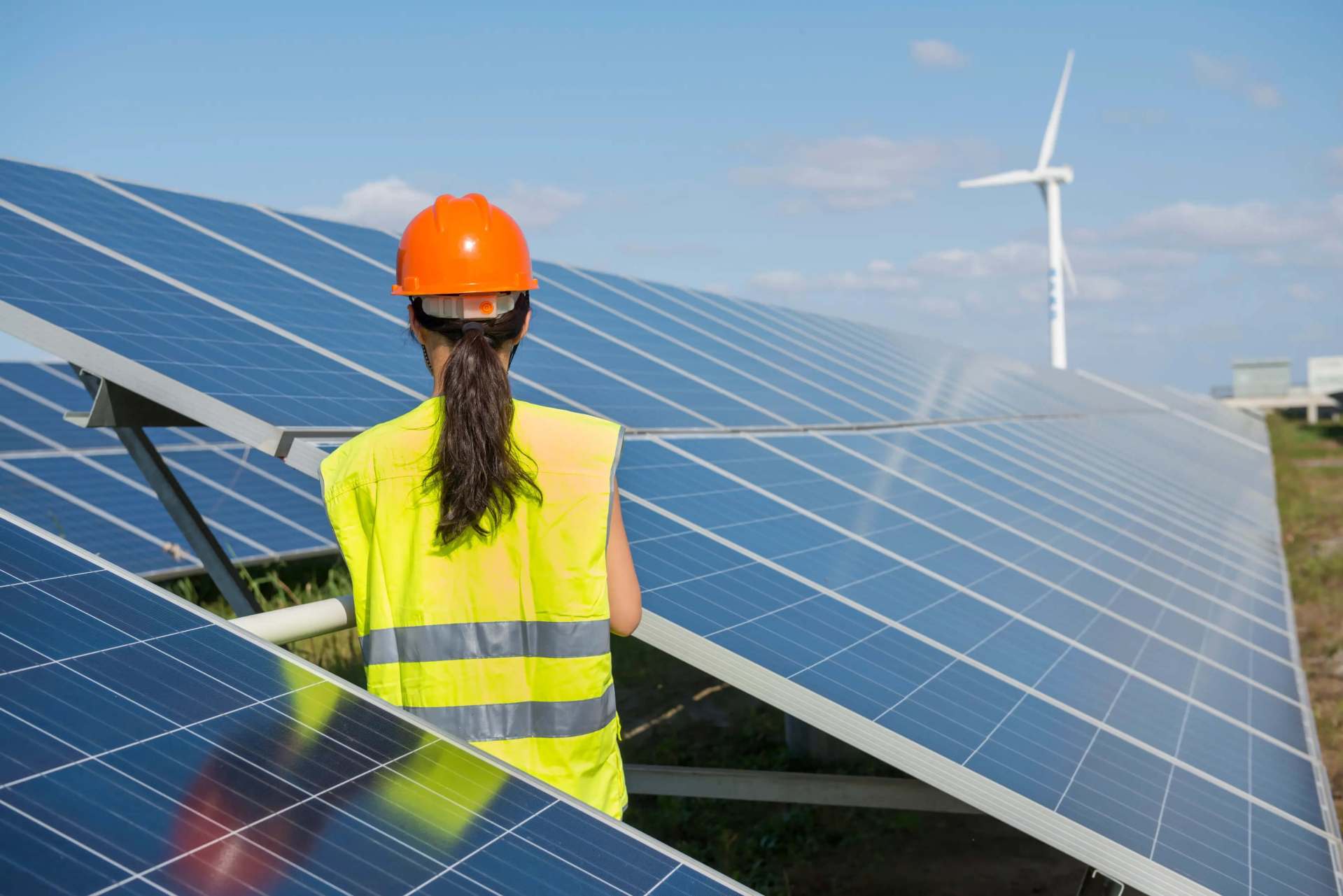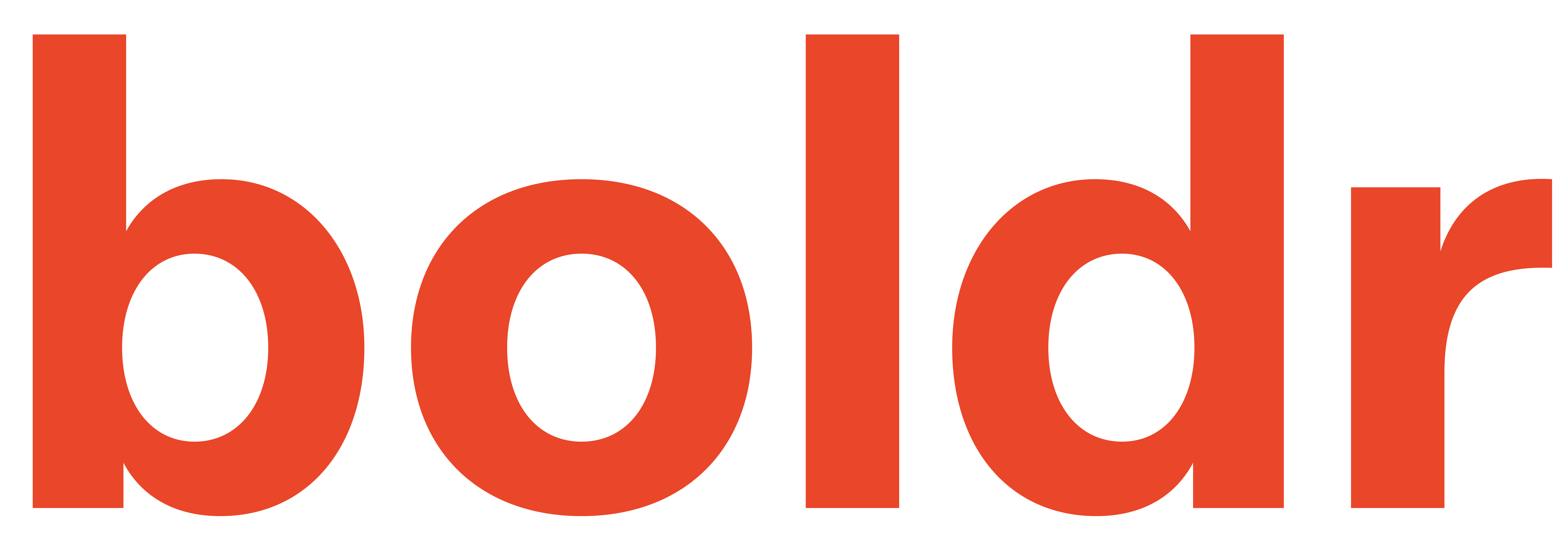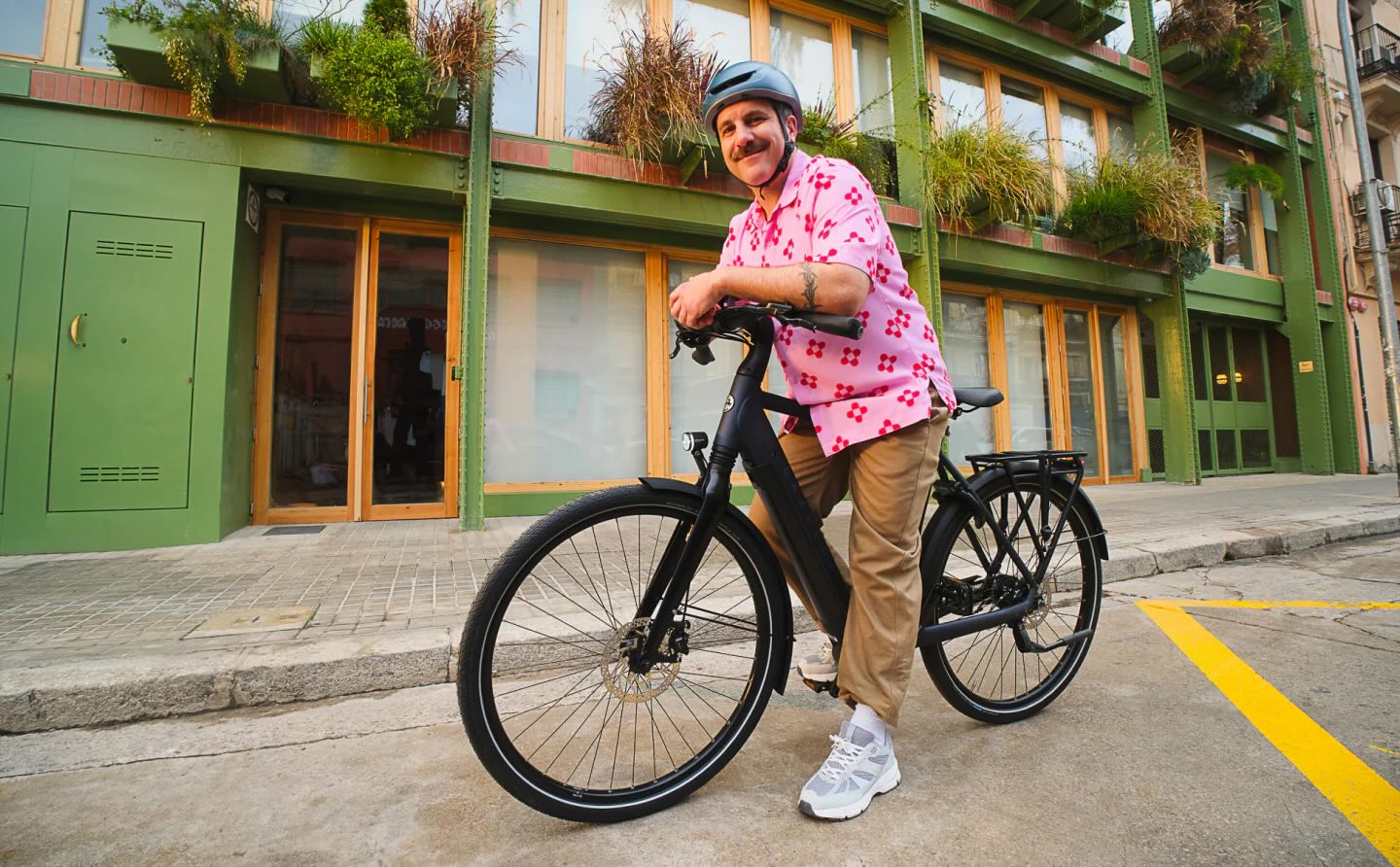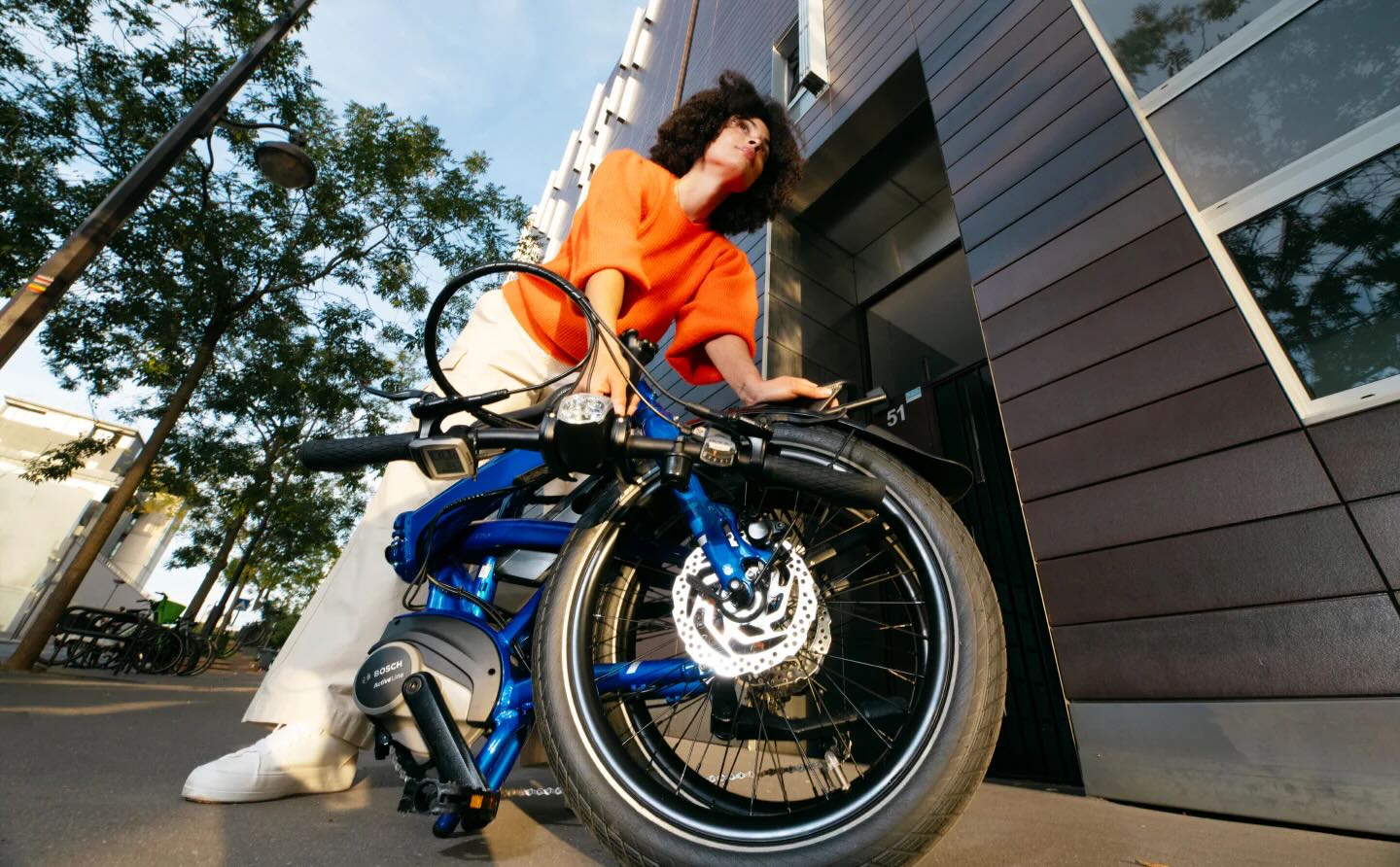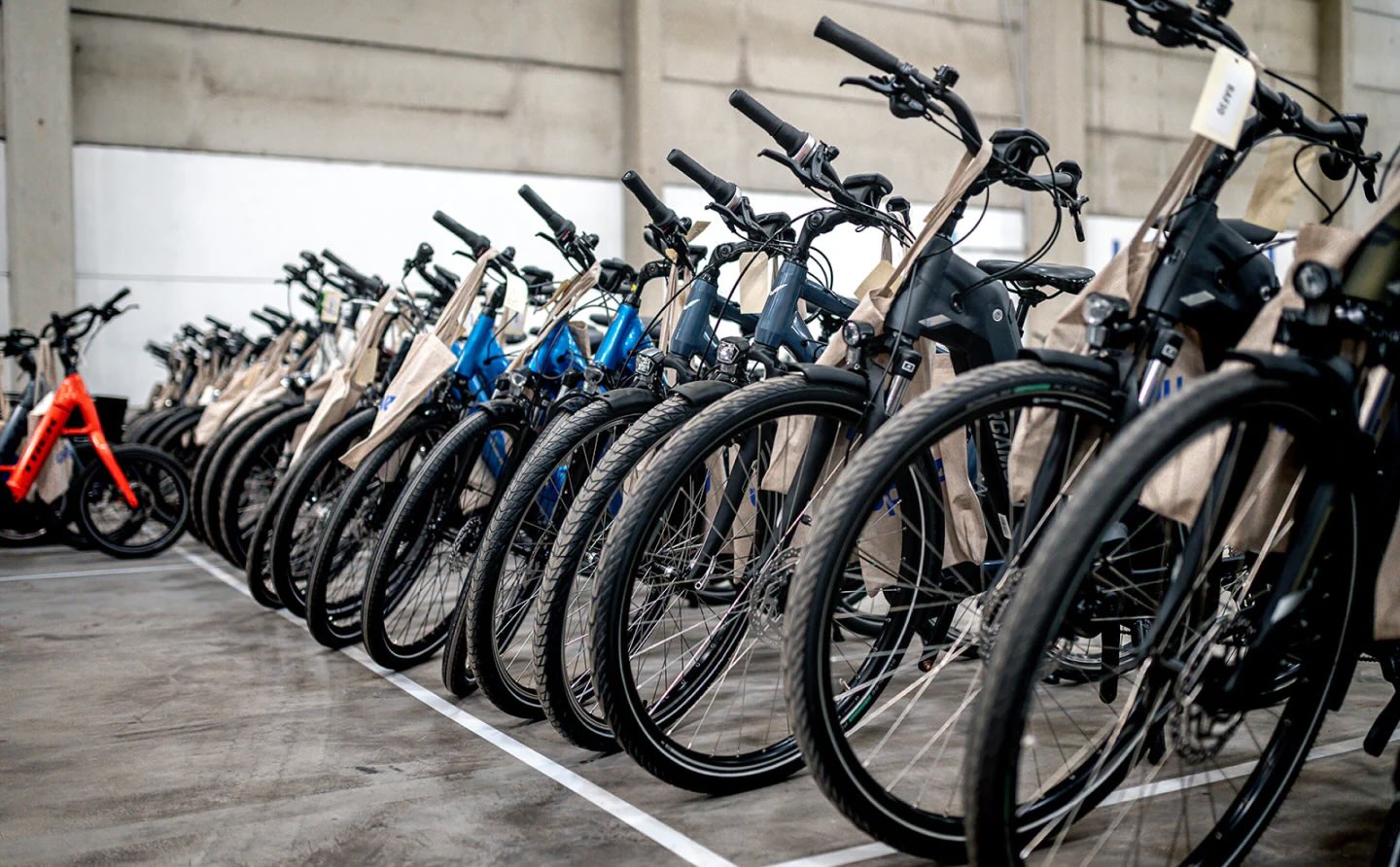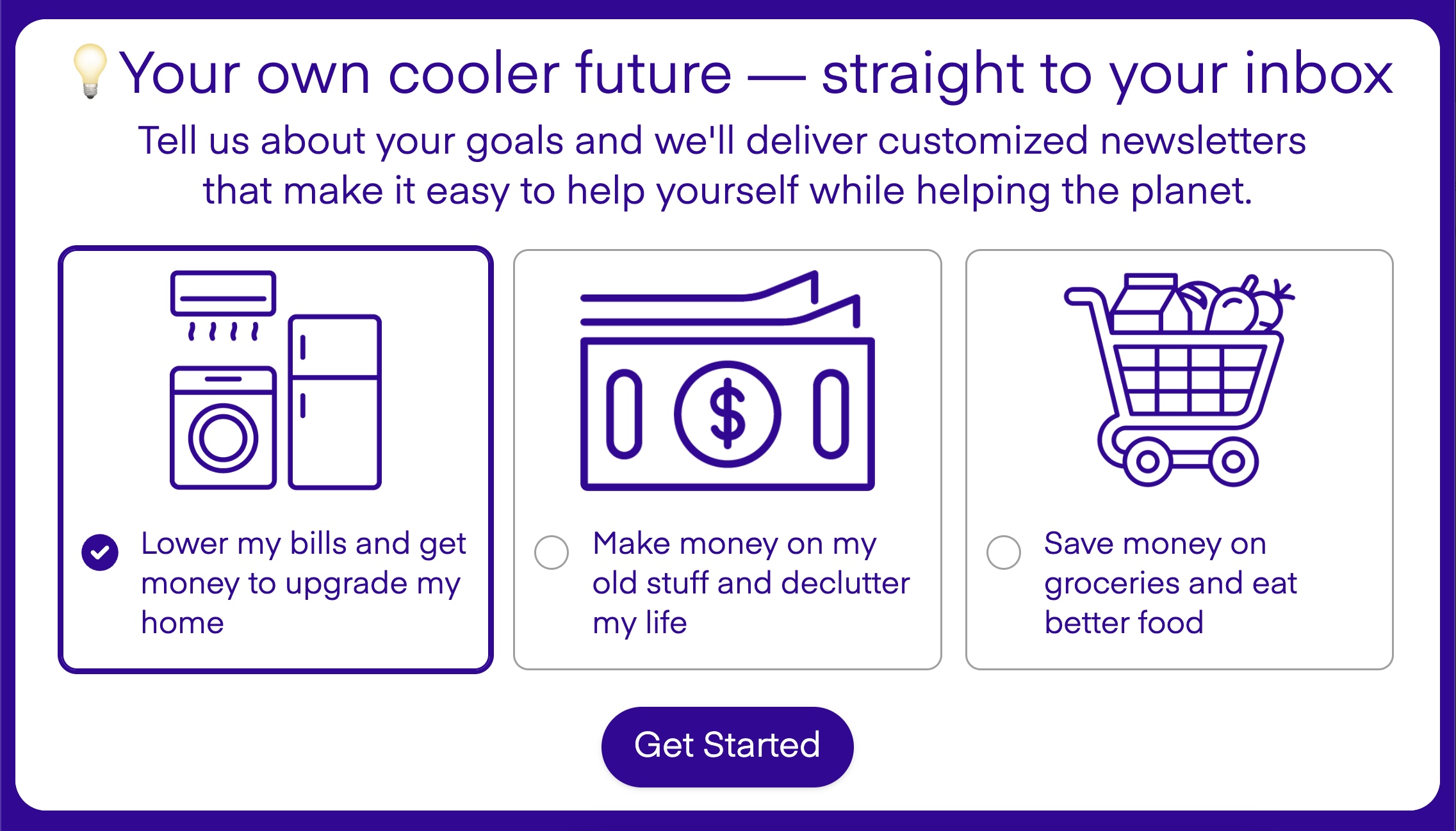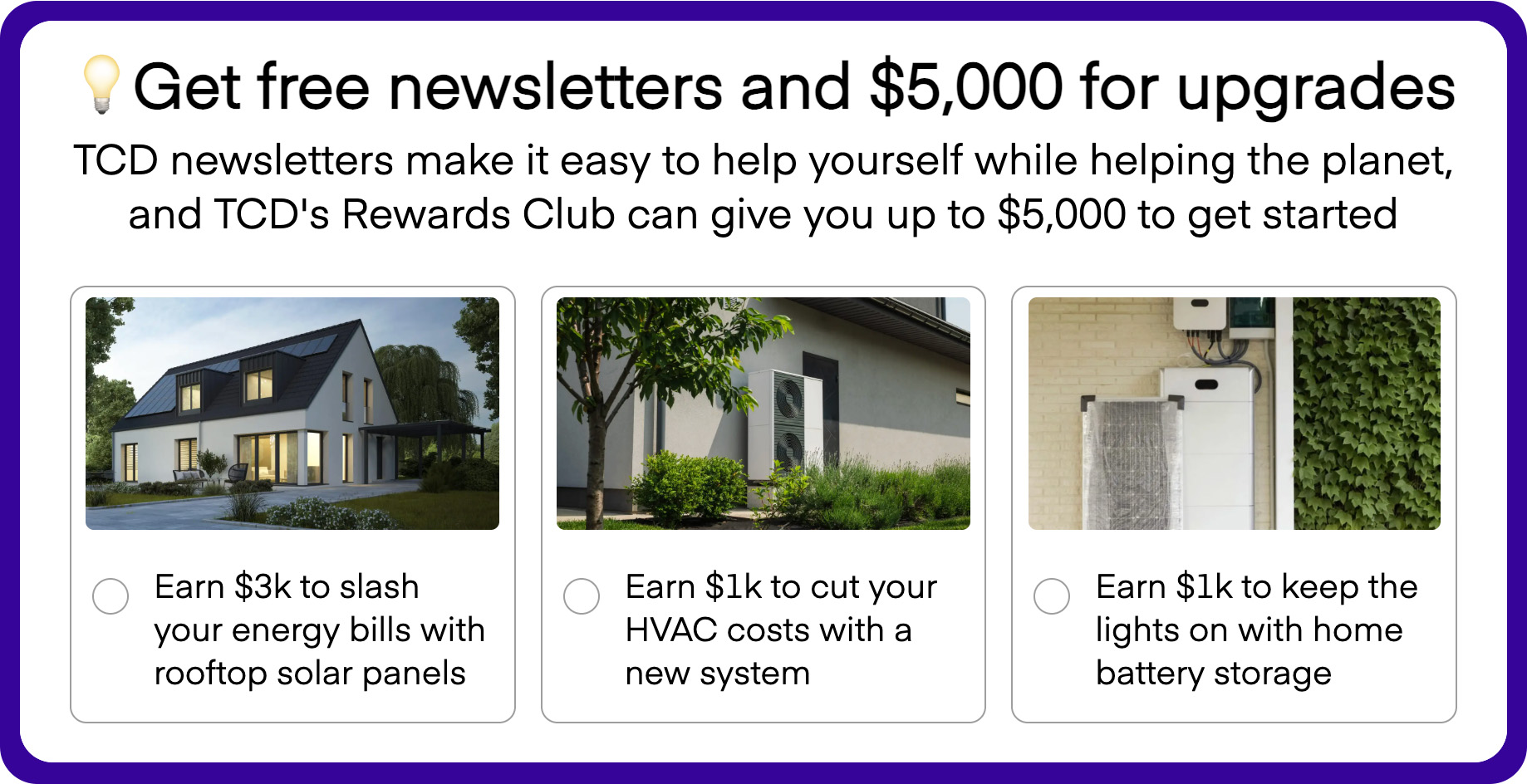Cheap solar energy might sound like a fantasy, but community solar programs are making it a reality.
For many people across the U.S., solar energy is a dream –– huge savings, greater independence from energy companies, and minimal effort. Who wouldn't want that?
But the upfront cost of tens of thousands of dollars to install a home solar power system keeps many people dreaming rather than doing something about solar.
We'd like to let you in on a little secret. Community solar programs can allow you to benefit from cleaner energy while saving money each month on your electricity bill — without forking over $20,000 or the hassle of installing your own home solar panels.
Read on if you'd like to learn how to get in on one of the easiest ways to cut your energy bill.
How do community solar programs work?
Community solar programs like Arcadia are paid subscription services that sell or lease solar panels from a nearby solar panel farm to individuals. That's right –– you don't even have to see the solar panels to benefit from them.
Stay warm all winter long with the Apple of intelligent space heaters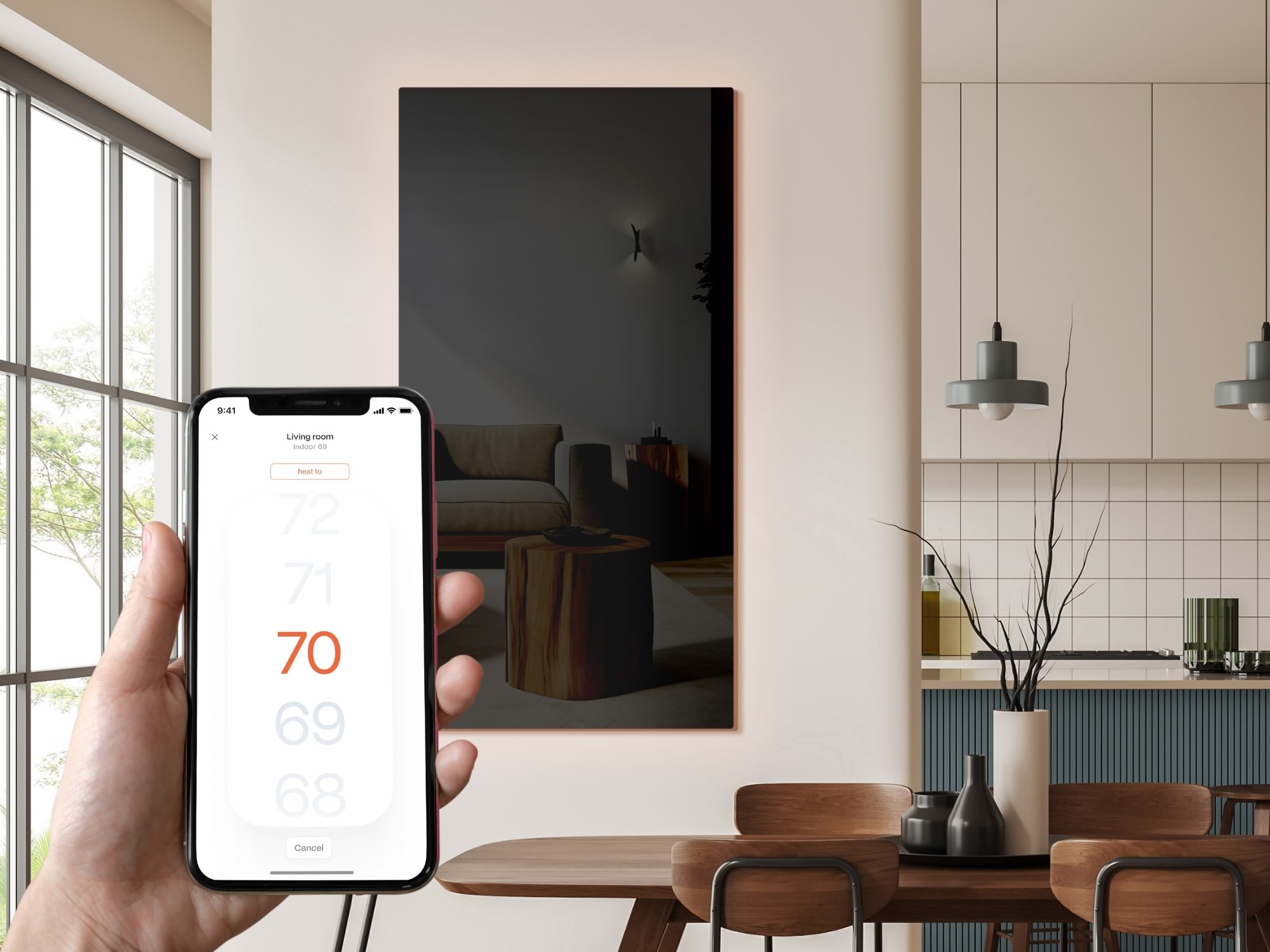 Kelvin is the Apple of space heaters, designed for energy efficiency and maximum comfort. It's completely silent and intelligently controlled, with setup taking just 5 minutes. Built from premium materials like aluminum and glass, Kelvin works beautifully as a full-home heating system or as the perfect solution for that one room that never feels warm enough. |
These large solar farms then feed energy into the power grid — which is very likely where your home gets power from already — allowing you to power your home with cheaper, cleaner energy.
The discount occurs because subscribers essentially cut out the middleman, the utility company, by paying a solar farm for the energy it produces directly. In the case of Arcadia, getting started is as simple as entering your zip code and electricity provider into through Arcadia or Solstice and checking the availability of solar near you.
What are the estimated savings?
Community solar programs are a simple way to lower your electricity bill. Your monthly savings depend on several factors, such as location, season, specific program rates, income, and local utility costs.
For example, as renewable energy company Nelnet lays out, if you pay $90 per month to subscribe to a community solar program that generates you $100 in energy credits, and your monthly electric bill comes out to $100, you would only owe the $90 to the community solar program, as your full electricity bill would have been covered by the energy your solar panels generated that month.
TCD Picks » Upway Spotlight
💡Upway makes it easy to find discounts of up to 60% on premium e-bike brands
While $10 off your electricity bill might not seem like a lot, that's an easy $120 back in your pocket every year, which is $600 in passive income over five years.
And these savings may increase for some households, as community solar programs often provide higher discounts for low-income households. You can get an estimate of your monthly savings here.
Why is community solar better than home solar panels?
Community solar programs do not have a massive upfront installation cost like home solar panels. Home solar panel systems in the U.S. range from $10,000 to $40,000 or more. Some programs require a membership fee that varies depending on your location, but not all require this fee.
They don't alter your home or take up any space on your property because the panels for these programs are on solar farms near your community. Part of what makes solar panels largely inaccessible is that people don't want to alter their homes for solar panel installation –– and with community solar programs, you don't need to worry about this issue at all.
Community solar is also accessible to renters –– whether renting an apartment or a house, if a program is nearby, you can access solar energy. Home solar systems are not renter-friendly and are not an option for people that live in multi-tenant buildings.
How does billing work?
There are two ways subscribers can be billed, depending on their location and provider.
Under a dual billing structure, you will receive two monthly bills: an electricity bill from your utility company (your normal bill) and a bill from your community solar provider.
Once your community solar project starts generating energy, you will begin to receive solar credits on your utility bill that help cover your payment.
The bill you receive from your community solar provider indicates how much money will be subtracted from your electricity bill based on how much energy was produced by your share of the solar panels over a month.
It may sound like a bit of a confusing structure, but Nelnet explains it eloquently:
"If you've ever bought a discounted $100 dinner gift card for just $90, for example, and then used the gift card for dinner out, you understand how this works. You purchase the gift card (like paying your $90 solar bill) and then you get the bill for your dinner – where you use your gift card toward your bill. With community solar, your gift card has already been applied to your dinner bill – or your solar credits have already been applied to your utility bill for you. As you would with any leftover balance on your dinner bill, you're responsible for any balance due on your utility bill, if any, after your solar credits are applied."
Some locations, however, allow for a single billing structure, where you receive one bill with your community solar credits factored into your regular energy bill –– nice and simple.
As with all solar energy, you may see significant differences from month to month because of seasonal weather changes. But many community solar programs roll over unused credits from one month to the next to level out the differences in weather.
Environmental benefits
Solar energy — whether through a community program or panels on your roof — benefits the environment because it is an infinite resource that doesn't release harmful carbon pollution when used, unlike dirty energy sources like coal or oil, which have contributed to a rise in temperatures and extreme weather events in our communities.
While community solar programs are relatively new and providers are still working to fix flaws such as delayed credits, the growing popularity of these programs and efforts by the Department of Energy's Solar Energy Technologies Office are helping to expand and improve community solar programs.
Find a community solar program near you through Arcadia or Solstice to join in on the savings.
Join our free newsletter for weekly updates on the coolest innovations improving our lives and saving our planet.
